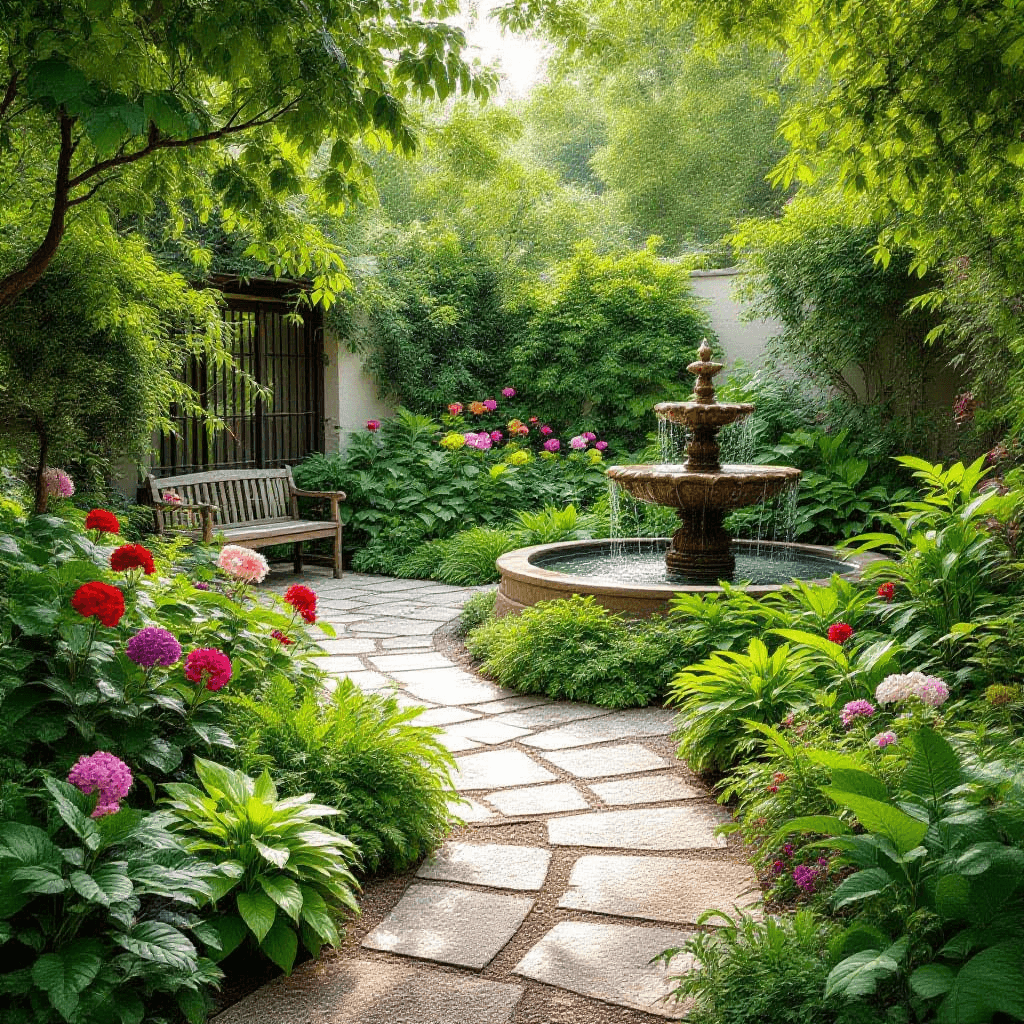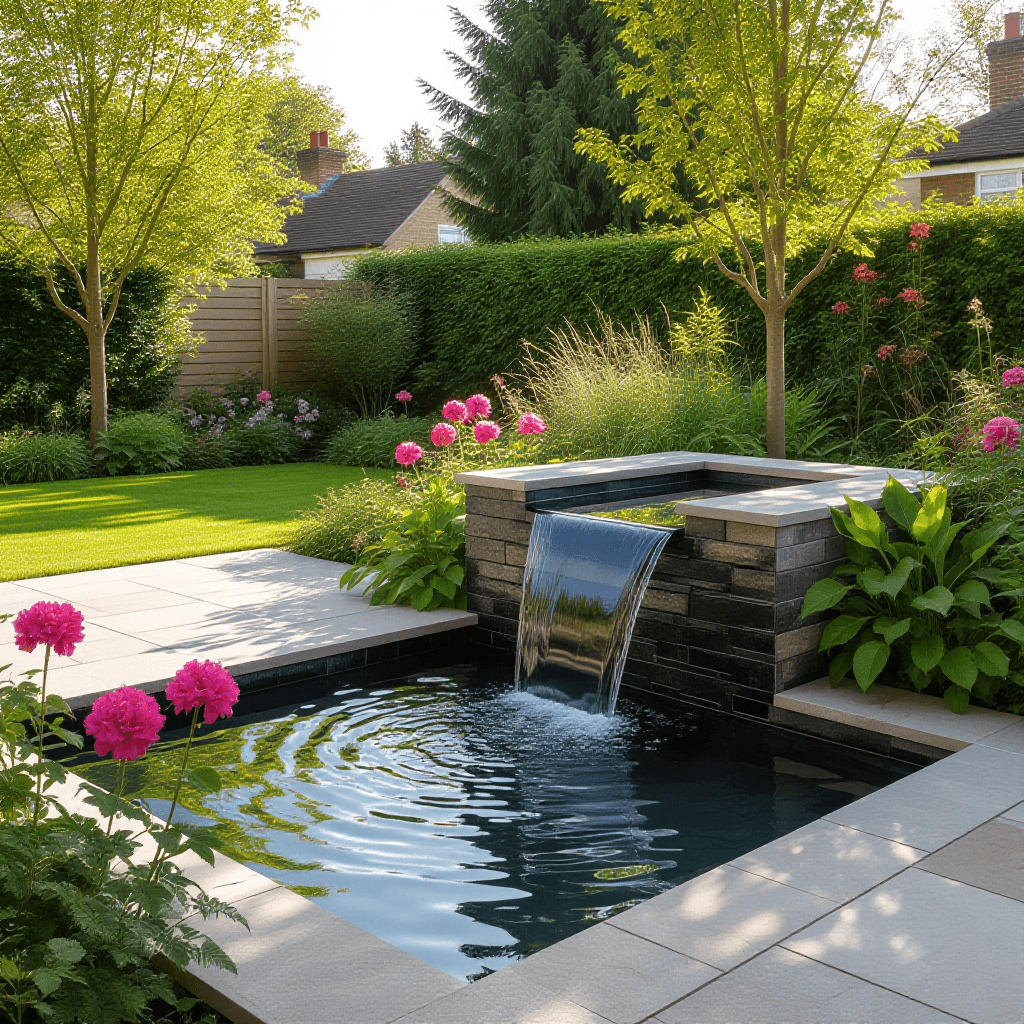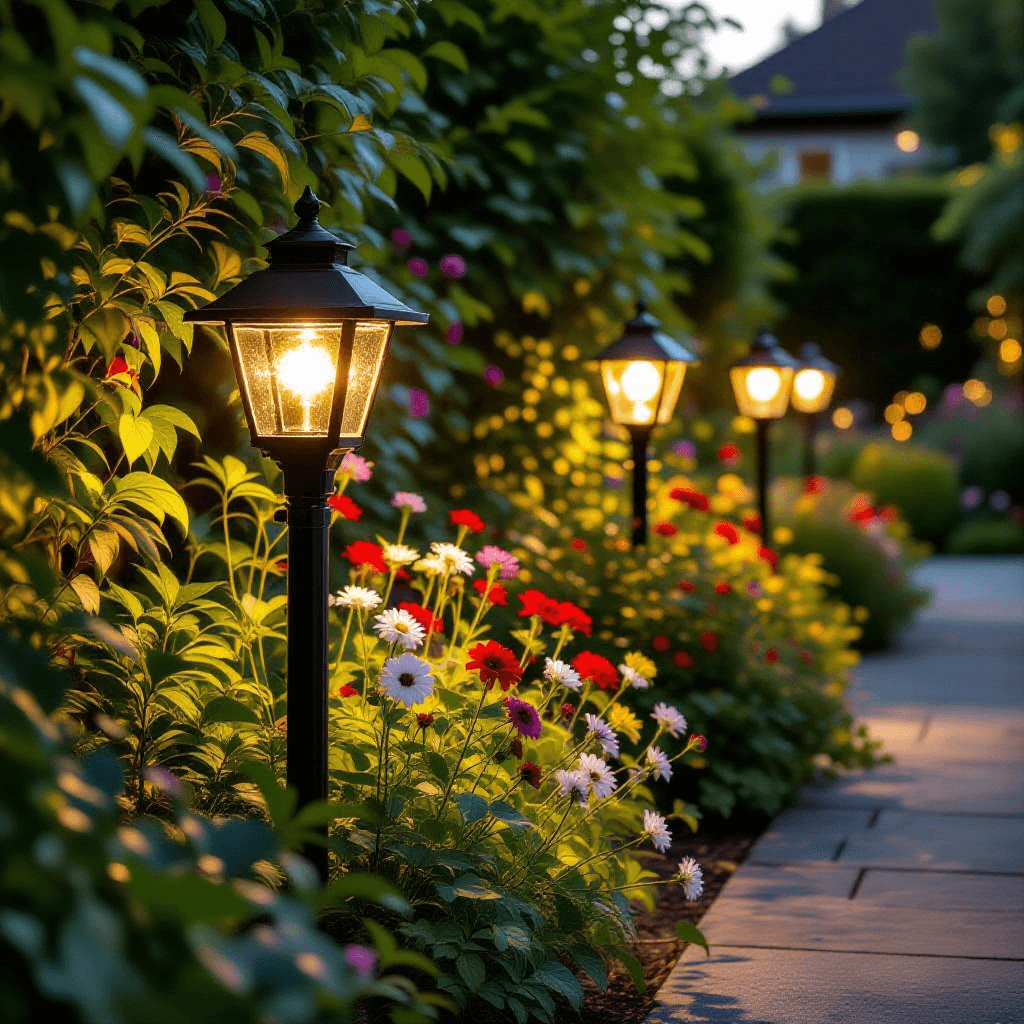A sensory garden is a delightful way to transform your outdoor space into a multi-dimensional experience that engages all five senses. By carefully selecting herbs, flowers, and textures, you can create a garden that not only looks beautiful but also stimulates sight, sound, smell, touch, and even taste. Here’s how to design a sensory garden that will captivate your senses and provide a tranquil retreat in the heart of the UK.
1. Engaging the Sense of Sight
Color and Contrast:
- Plant Selection: Choose a vibrant mix of flowers and foliage in various colors. Consider blue hydrangeas, purple lavender, yellow marigolds, and red poppies.
- Height and Structure: Incorporate plants of different heights to create depth and interest. Use tall grasses like miscanthus for drama, and low-growing herbs like thyme for ground cover.
- Seasonal Interest: Ensure year-round visual appeal by including plants that bloom at different times, such as spring bulbs, summer perennials, and autumn berries.
2. Stimulating the Sense of Smell
Fragrant Herbs and Flowers:
- Herbs: Plant aromatic herbs like rosemary, lavender, and mint. These not only smell wonderful but also attract beneficial pollinators.
- Flowers: Choose fragrant blooms such as jasmine, honeysuckle, and sweet peas. Plant them near seating areas to enjoy their scents up close.
- Citrus: If space allows, consider a dwarf citrus tree for a burst of citrus fragrance.
3. Awakening the Sense of Touch
Textures and Surfaces:
- Plant Textures: Include a variety of leaf textures, from the soft, fuzzy leaves of lamb’s ear to the coarse, spiky foliage of yucca.
- Pathways: Create pathways with different textures, such as smooth gravel, rough wood chips, or soft moss.
- Water Features: Incorporate a small pond or fountain for the soothing touch of water.
4. Captivating the Sense of Sound
Movement and Noise:
- Wind Chimes: Hang wind chimes in trees or near seating areas for gentle, soothing sounds.
- Water Features: A babbling brook or trickling fountain adds a calming auditory element.
- Grass and Bamboo: Plant tall grasses or bamboo that rustle in the breeze, creating a natural, rhythmic sound.
5. Tantalizing the Sense of Taste
Edible Plants:
- Herbs: Grow culinary herbs like basil, parsley, and chives. They’re not only useful in the kitchen but also add visual and olfactory appeal.
- Fruits and Berries: Include dwarf fruit trees or berry bushes like strawberries and raspberries for a sweet treat.
- Vegetables: Consider edible flowers like nasturtiums and violas, which add a peppery or sweet note to salads.
6. Designing the Layout
Zones and Flow:
- Seating Areas: Create comfortable seating areas with benches or chairs where you can fully immerse yourself in the sensory experience.
- Paths and Walkways: Design winding paths that encourage exploration and discovery.
- Themed Sections: Divide the garden into themed areas, such as a fragrant herb garden, a colorful flower bed, or a tranquil water feature zone.
7. Maintaining the Sensory Garden
Care and Upkeep:
- Regular Pruning: Keep plants tidy and encourage new growth by regular pruning.
- Watering: Ensure consistent watering, especially for new plants and during dry spells.
- Pest Control: Use natural methods like companion planting and beneficial insects to keep pests at bay.
8. Enhancing with Additional Elements
Art and Decor:
- Garden Art: Incorporate sculptures or mosaics that add visual interest and a personal touch.
- Lighting: Use solar-powered lights or lanterns to extend the sensory experience into the evening.
- Bird Feeders: Attract birds with feeders and birdbaths for an added layer of sound and movement.
9. Seasonal Considerations
Adapting to UK Climate:
- Winter Interest: Choose evergreens and plants with winter berries for year-round appeal.
- Spring Bulbs: Plant daffodils, tulips, and hyacinths for a burst of color and scent in early spring.
- Summer Blooms: Focus on perennials and annuals that thrive in the UK’s summer months, like lavender and rosemary.
10. Inspiration and Ideas
Visiting Sensory Gardens:
- Botanical Gardens: Visit local botanical gardens for inspiration and to see how professionals design sensory spaces.
- Community Gardens: Explore community gardens that often feature sensory elements and can provide ideas for your own space.
Creating a sensory garden in the UK is a wonderful way to connect with nature and engage all your senses. By thoughtfully selecting herbs, flowers, and textures, and incorporating elements that stimulate sight, sound, smell, touch, and taste, you can create a garden that is not only beautiful but also a place of tranquility and sensory delight. Happy gardening!


